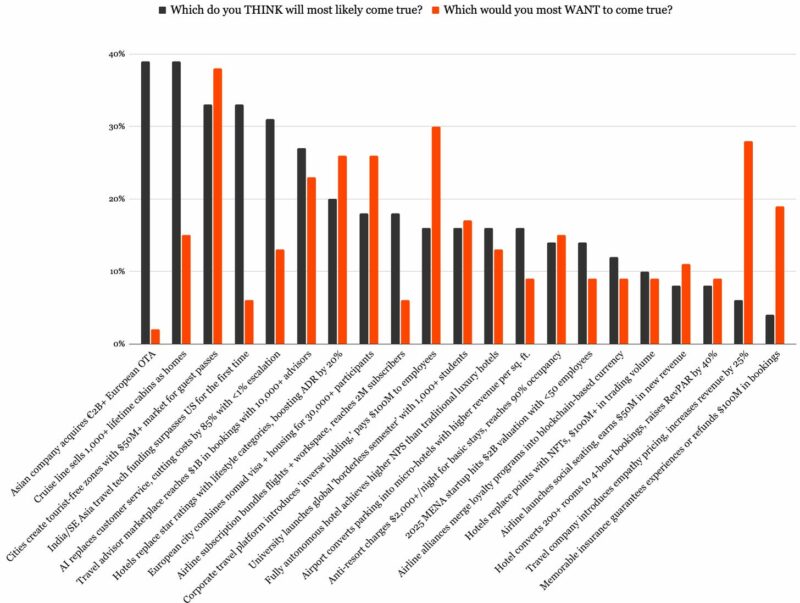
There have been plenty of comments from plenty of major restaurant executives about a pullback in spending among lower-income consumers. Some have even warned that middle-income consumers are following suit.
We may now have some data indicating that age may be playing as big of a role as income in driving some of the industry’s softness. Black Box Intelligence finds millennials (born between 1981 and 1996) and Gen Z consumers (born between 1997 and 2012) have underperformed by nearly 1 full percentage point year-to-date after leading the industry last year.
Black Box Intelligence notes that younger Americans are showing signs of financial stress that are spilling into restaurant spending. Millennials, for instance, hold less than 10% of national wealth despite making up 22% of the population, while 42% of Gen Z consumers under the age of 30 report they are “barely getting by.” A recent Credit One Bank survey finds that 39% of Gen Z adults said they feel stressed about their finances, which is the highest level of any generation. Meanwhile, 54% of Millennials are struggling with “some aspects” of their financial lives.
Black Box Intelligence examined restaurant results in the youngest 10% of U.S. zip codes, defined as those with a median age under 32.7, finding:
-
In 2024, restaurants in these “younger” zip codes outperformed the rest of the country, averaging 0.5 percentage points stronger year-over-year same-store traffic growth from January through July.
-
By late 2024, the trend reversed. With the exception of November (boosted by a Thanksgiving calendar shift), younger zip codes underperformed nearly every month.
-
In 2025 year-to-date, restaurants in younger zip codes are trailing the national average by an average of 0.9 percentage point in same-store traffic growth.
“Younger consumers tend to have lower incomes, are facing rising debt and limited asset accumulation — and it’s beginning to show up in their restaurant behavior,” Black Box Intelligence chief insights officer Victor Fernandez said in a statement. “While these generations continue to value food away from home, the data signals that financial realities are forcing them to pull back.”
This corroborates Bank of America data finding that nearly two-thirds (64%) of Gen Z consumers have shifted their focus to reducing expenses, with 41% cutting back on dining out, specifically.
This data comes as more restaurant brands shift their marketing attention toward millennial and Gen Z consumers through nostalgia-focused campaigns, loyalty programs that pull features from sneaker culture, digital access, exciting new beverages, and more.
Contact Alicia Kelso at [email protected]







